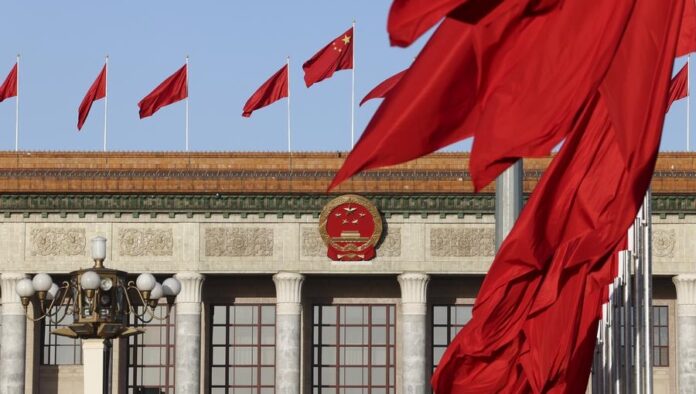Author: China’s State Council Information Office
Affiliation: China’s State Council Information Office
Organization/Publisher: China’s State Council Information Office
Date/Place: April 6, 2021/ Beijing, China
Type of Literature: Report
Number of Pages: 74
Link: http://download.china.cn/en/pdf/20210406PovertyAlleviationChina’sExperienceandContribution.pdf
Keywords: China, Poverty, Poverty Alleviation, Communist Party of China, Land to Tiller Revolution
Brief:
Communist Party of China (CPC) turns 100 this year and what could be its best gift than claiming victory over absolute poverty in the country of 1.4 billion people. In this so-called White Paper, the Chinese one-party regime claims to have abolished the extreme poverty among its last remaining 98.99 million people in rural areas who were living below the current poverty threshold – including in 128,000 impoverished villages and 832 designated poor counties. This happened in the past eight years. It links the victory in abolishing poverty in the world’s second largest economy with the CPC’s first Secretary General Mao Zedong, under whom, the paper says, led the people to launch the “agrarian revolution” to realize the goal of “the land to the tiller”, who overthrew the rule of imperialism, feudalism, and bureaucrat-capitalism, and won victory in the New Democratic Revolution and established the People’s Republic of China in 1949. Since its grand opening-up and economic reforms in the late 1970s, the paper says 770 million impoverished rural residents have shaken off poverty in China which has contributed more than 70% in global poverty reduction in the past 40 years. Sustaining the economic upliftment is now the major challenge. Commentators on the Chinese model of socialism, which uses a capitalist model of economy, say the modus operandi of economic reforms which Beijing employs is five-year-long. It uses different models of achieving these targets and it is not necessary that each of its models succeed, but Chinese systems have alternatives which keep using one after the other that has ensured its constant economic growth for the past 30 years. However, the paper acknowledges China is still confronted by the gap between unbalanced and inadequate development and the gaps between urban and rural areas and between regions. “Removing the label of extreme poverty is not the end, but the beginning of a new life and a new journey,” it adds.
By: Riyaz ul Khaliq, CIGA Non-Resident Research Associate




